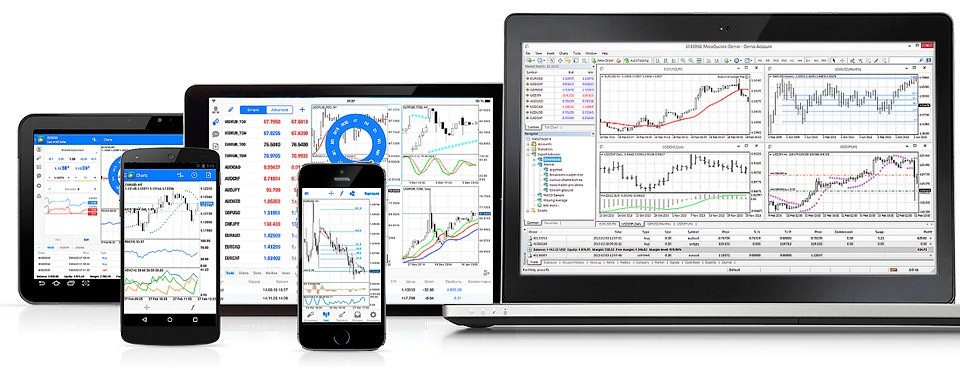Having a good strategy is not enough to survive in the financial market today. We often see two traders with the same trading strategy ending up with very different returns. The difference comes from trader psychology, meaning that each trader thinks and reacts differently. The trader’s psychology and attitude is not something to be neglected. Traders are increasingly self-aware and working towards eliminating negative traits like impatience and self-doubt.
Impatience and self-doubt give rise to cases of over-trading and exceeding the maximum risk limits. With the advent of new technologies, these casualties are becoming rarer.
Adoption of Quantitative Methods
In recent years, it has been seen that the majority of funds that have managed to achieve superior returns have adopted quantitative research techniques. This is because this kind of approach employs a large number of researchers to deploy varied strategies across multiple markets and multiple time frames; a feat that cannot be achieved by individual traders.
Having a static methodology may make a trader ill-equipped to win over market factors, such as volatility, changing correlations with other markets and the continuously evolving relationships with economic variables. Traders have been seen to fail with a unidirectional approach in the past few years.
Those who have failed to adapt to markets that exhibit significant mean reversion on shorter time-frames also tend to see disappointing trading. Hence, the key now is to integrate quantitative modeling in discretionary trading practices, which helps in developing multiple strategies to increase returns and mitigate risk factors.
Adaptability to Changing Trends
If one breaks the recent market regime into its components, you would see a trend component and one or two cyclical components. Depending on the trend, a trader could be a short-term directional trader, longer-term trend trader or a mean-reversion trader. The key here is adaptability. Traders are now increasingly looking at markets more creatively, in order to develop new and multiple competitive edges.
Continuous Self-Education
No particular edge lasts forever, however, since the markets change continuously. Traders are now showing greater willingness and humility to connect with other traders, and see their successful trade practices, in order to integrate successful practices into their own strategies. Markets can be challenging as well as fun, providing opportunities to learn and develop. Learning from past mistakes is also an essential part of this process.
The Trading Diary
Technology is advancing at break-neck speed but this is what is giving us some great tools to help refine our strategies. One such tool is the Blackwell Trading Diary, which is powered by Chasing Returns is an innovative tool that focuses on identifying psychological trading traits. One can access its rich and comprehensive features to discover the most profitable habits, bad practices, best day and also the worst times in the market.
A tool called Playmaker provides traders the ability to set rules and monitor live trading performance. One can gain insights into individual trading strengths and weaknesses by another feature, called Gameplan. This boosts the overall trading performance. The complete trading statement can be analysed real-time through the Profitability, an analysis feature. It also enables one to sort out the dates on which the trader has taken on swing trades.
The Trading Diary not only lets you identify the best and worst trade practices, but also helps you understand its repercussions on the total P&L. This will enable you to formulate better trading strategies, timings and psychological habits. You can calculate the batting averages that tell you about the percentage of successful trades.
A trade journal shows all the closed trades that have been imported and one can sort the trades based on any aspect, including price, size dates and P&L. Moreover, one can actually tag trades to track personal habits, by simply setting the date range of choice.
Disclaimer
If you liked this educational article please consult our Risk Disclosure Notice before starting to trade. Trading leveraged products involves a high level of risk. You may lose more than your invested capital.





